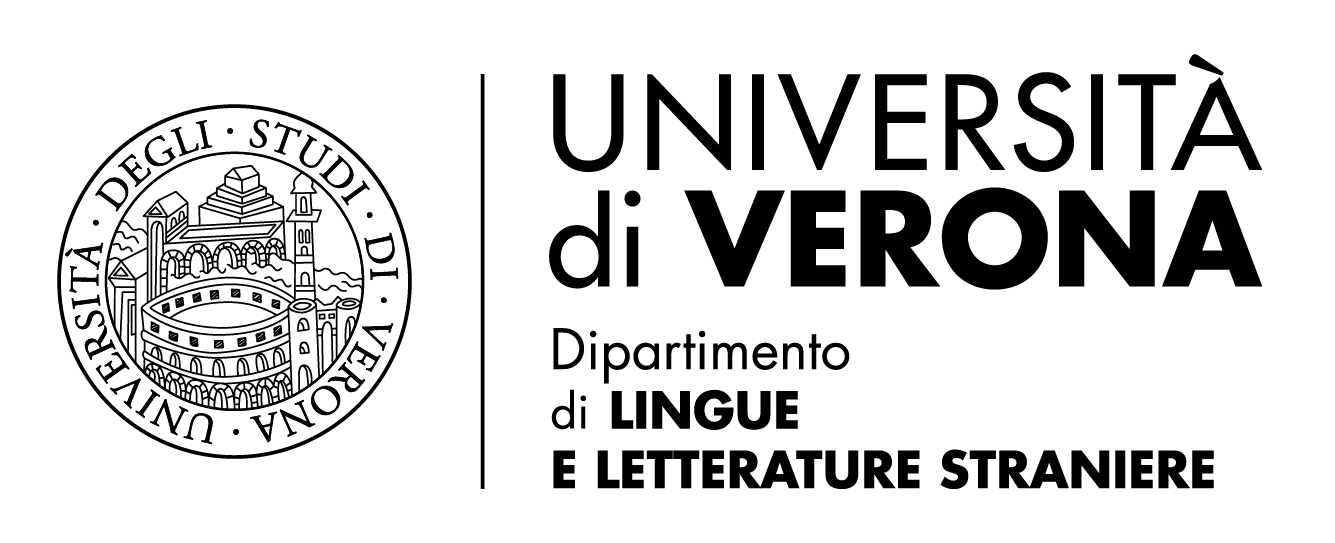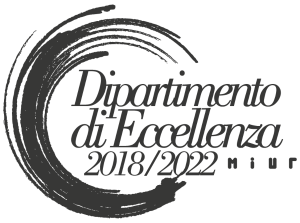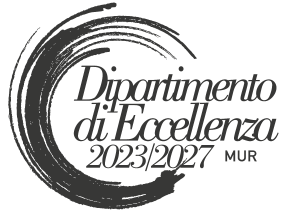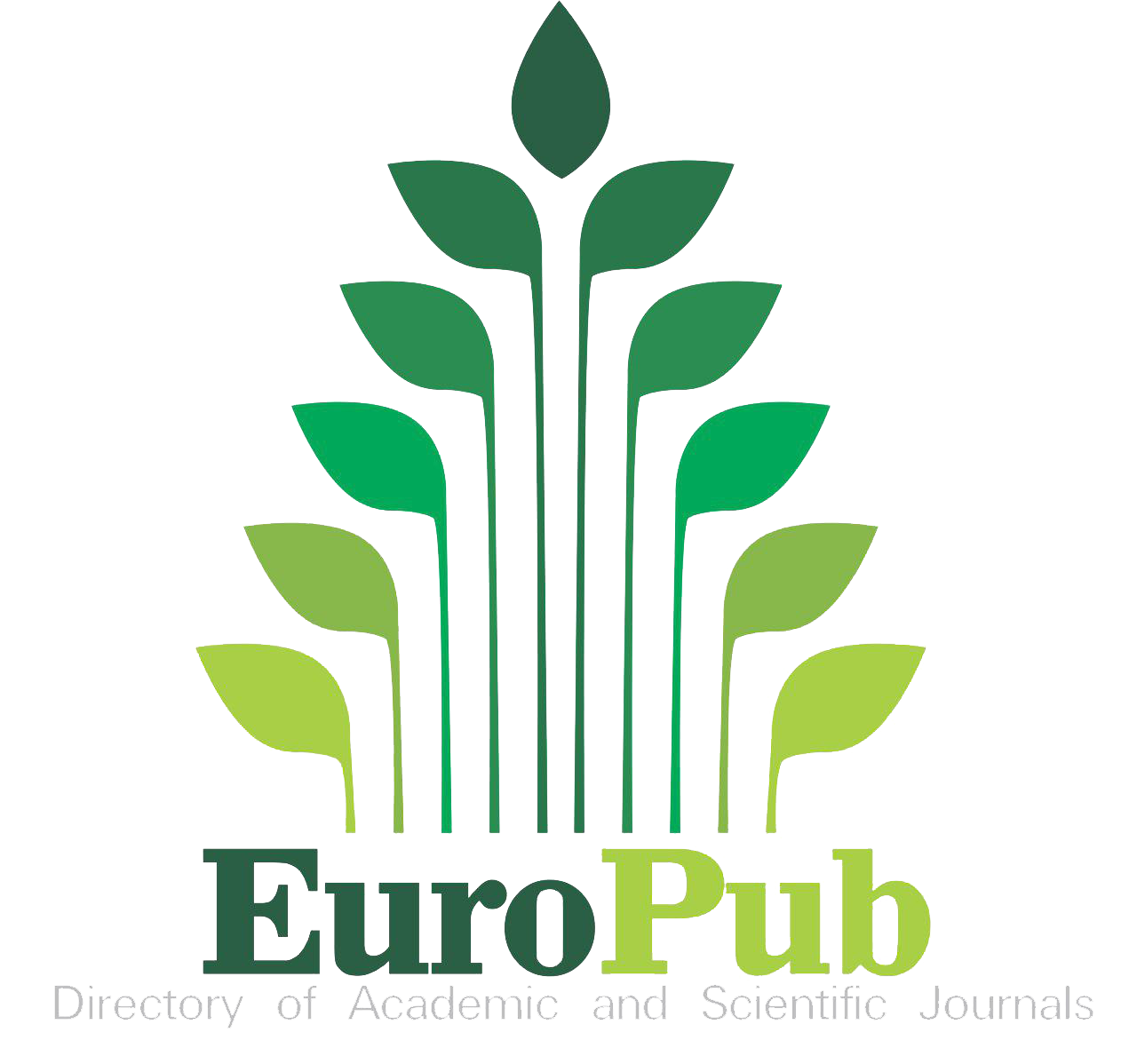The ‘Transparency Effect’ in Pharmaceutical ESG Reports
DOI:
https://doi.org/10.13136/2281-4582/2025.i25.1510Keywords:
Pharmaceutical ESG reports, Transparency, Opacity, Semiotic square, EnunciationAbstract
As the pharmaceutical sector has become increasingly competitive, companies have adopted a plethora of strategies and practices not only to publicise their products but also to be perceived by stakeholders as transparent and, by way of implication, honest and ethical. Drawing on a corpus of English-language Environmental, Social and Governance (ESG) reports, this study investigates the complexity and dynamism of the discursive strategies used by leading pharmaceutical companies listed on the stock exchange to build and enhance an image of transparency and credibility. By distinguishing between the level of the utterance – what is being communicated – and the enunciational level (Greimas & Courtés 2007; Greimas 1983), which regards the writer and the context of enunciation, this paper conducts a semio-linguistic analysis in an attempt to explore different construals of transparency and opacity. The discourse of pharmaceutical companies is revealed as a sophisticated communicative construct, where various strategies are employed to create meaning effects that are used to foster an image of transparency and boost stakeholders’ trust.
References
Austin, John. How to Do Things with Words. Oxford: Clarendon Press, 1975.
Cap, Piotr. “Language and Legitimization: Developments in the Proximization Model of Political Discourse Analysis.” Lodz Papers in Pragmatics 1 (2005): 7-36.
---. “Towards the Proximization Model of the Analysis of Legitimization in Political Discourse.” Journal of Pragmatics 40.1 (2008): 17-41.
Desideri, Paola. Il potere della parola. Il linguaggio politico di Bettino Craxi. Venezia: Marsilio, 1987.
Devrim, Devo Y. “Grammatical Metaphor: What do we Mean? What Exactly are we Researching?” Functional Linguistics 2.3 (2015): 1-15.
Floch, Jean-Marie. Forme dell’impronta. Cinque fotografie di Brandt, Cartier-Bresson, Doisneau, Stieglitz, Strand. Roma: Meltemi, 2003.
Greimas, Algirdas Julien. “A proposito del gioco.” Edited by Francesco Marsciani. Bologna: Esculapio, 1995. 215-220.
---. Du sens II. Essais sémiotiques. Paris: Seuil, 1983.
---. Sémantique structurale. Recherche de méthode. Paris: Larousse, 1966.
Greimas, Algirdas Julien and Joseph Courtés. Semiotica. Dizionario ragionato della teoria del linguaggio. Italian trans. by Paolo Fabbri. Milano: Bruno Mondadori, 2007.
Halliday, Michael A. K. and Christian M. I. M. Matthiessen. An Introduction to Functional Grammar. London: Arnold, 2014.
Langacker, Ronald W. Cognitive grammar: A basic introduction. Oxford: Oxford University Press, 2008.
---. “Subjectification.” Cognitive Linguistics 1 (1990): 5-38.
Lovejoy, K. Brian and Donald M. Lance. “Discourse Analysis: Part I, Information Management and Cohesion” (1988): 1-59. https://files.eric.ed.gov/fulltext/ED310383.pdf. Last visited 23/03/2024.
Padoan, Tatzuma. Attori, reti e linguaggi dell’esperienza religiosa. Indagini semiotiche sulle strategie di enunciazione nel discorso religioso giapponese. Unpublished doctoral thesis. University Ca’ Foscari - Venezia, 2010.
Quirk, Randolph, et al. A Comprehensive Grammar of the English Language. London: Longman, 1985.
Searle, John. Speech Acts: An Essay in the Philosophy of Language. Cambridge: Cambridge University Press, 1969.
Sulkunen, Pekka and Jukka Törrönen. “Constructing Speaker Images: The Problem of Enunciation in Discourse Analysis.” Semiotica 115 (1997): 121-146.
Thompson, Geoff. Introducing Functional Grammar. London: Arnold, 2004.
“Transparent.” Merriam-Webster.com Dictionary. www.merriam-webster.com/dictionary/
transparent. Last visited 23/03/2024.
Valdovinos, Jorge. “Transparency as Ideology, Ideology as Transparency: Towards a Critique of the Meta-aesthetics of Neoliberal Hegemony.” Open Cultural Studies 2 (2018): 654-667.
Yule, George. Pragmatics. Oxford: Oxford University Press, 1996.
Downloads
Published
Issue
Section
License
Copyright (c) 2025 Andrea Fenice, Renzo Mocini

This work is licensed under a Creative Commons Attribution 4.0 International License.
Iperstoria is an Open Access journal.
- Authors retain copyright and grant the journal right of first publication with the work simultaneously licensed under a Creative Commons Attribution 4.0 BY License that allows others to share the work with an acknowledgement of the work's authorship and initial publication in this journal.
- Authors are able to enter into separate, additional contractual arrangements for the non-exclusive distribution of the journal's published version of their work (e.g., post it to an institutional repository or publish it in a book), with an acknowledgement of its initial publication in this journal. We kindly ask authors to inform us of any instances of re-publication.







